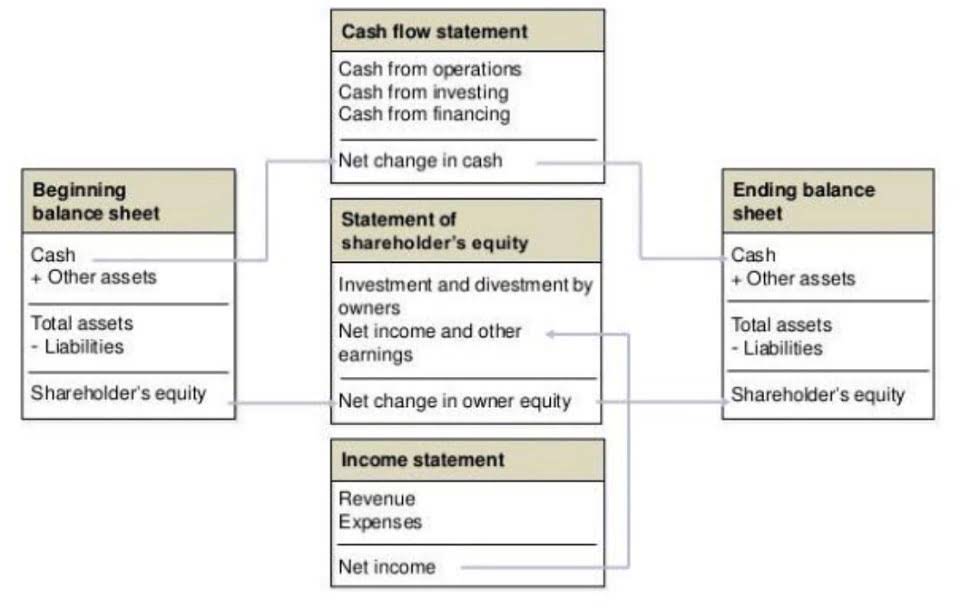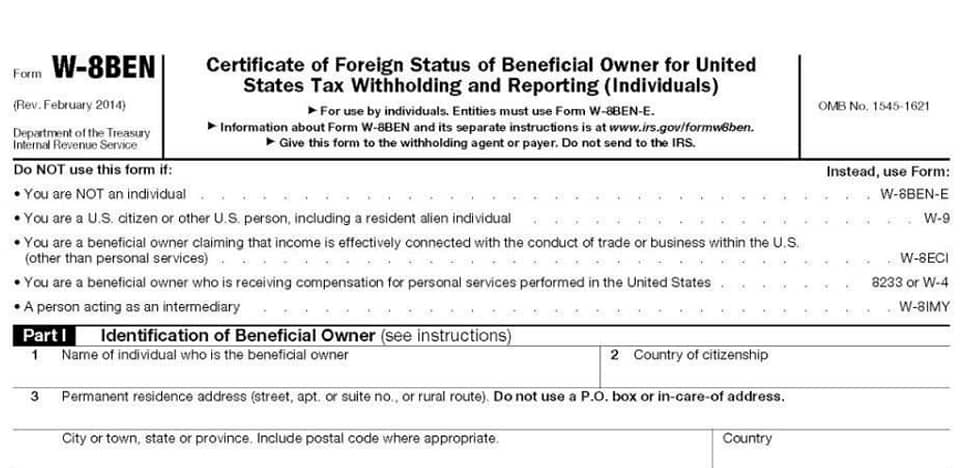Your cart is currently empty!
What Are Unrestricted Net Assets on the Balance Sheet for Fund Accounting?

This statement provides a snapshot of the organization’s assets, liabilities, and net assets at a specific point in time. It is essential for nonprofits to clearly differentiate between assets with donor restrictions and those without, as this distinction impacts how resources can https://colegiodeabogados.org.do/accounting-equation-overview-formula-and-examples/ be utilized. Additionally, the Statement of Activities, similar to an income statement, outlines the organization’s revenues and expenses over a reporting period. This statement must also segregate activities based on the presence or absence of donor restrictions, offering a detailed view of how funds are generated and expended. Accurate journal entries are fundamental to managing the release of net assets from restrictions. These entries ensure that the financial records reflect the true state of the nonprofit’s finances.

How to Calculate Net Assets in a Statement of Activities and Changes in Net Assets
For instance, if a nonprofit generates a surplus in a given year, the statement of changes in net assets will show whether this surplus is available for general use or restricted for specific projects. Moreover, the timing of these releases can impact the financial statements in various ways. For example, releasing a large sum of temporarily restricted net assets at the end of a fiscal year can significantly alter the organization’s financial position. It is important for financial managers to strategically plan these releases to align with the nonprofit’s financial goals and reporting periods. This strategic planning ensures that the organization can demonstrate effective use of funds while maintaining a stable financial outlook. Nonprofits also face the challenge of balancing restricted and unrestricted net assets to maintain operational flexibility.
BAR CPA Practice Questions: Budgetary Comparison Reporting

When temporarily restricted net assets are released, the accounting process typically involves two key entries. First, the organization debits the temporarily restricted net assets account, reducing the balance to indicate that the funds are no longer restricted. Simultaneously, a credit entry is made to the unrestricted net assets account, increasing its balance to reflect the newly available funds. This dual-entry system maintains the integrity of the financial statements, providing a clear audit trail for stakeholders and auditors. Navigating the accounting standards for restricted net assets is a fundamental aspect of nonprofit financial management. These standards ensure that organizations accurately report their financial position and adhere to donor restrictions.
- When the library spends the full $10,000 to pay the English teachers, the fund will be released from restriction or moved from the “restricted” to the “unrestricted” category since the money was used for its designated purpose.
- Notice that the split between net assets with and without donor restrictions has changed.
- That said, factors like program type, revenue volatility, and funding cycle predictability will affect this target.
- The donor contributes the funds and allows the agency to make all decisions regarding the money’s use.
- Temporarily restricted net assets represent resources that donors have limited to a specific purpose or for use during a particular future period.
Understanding Percentage Leases: Financial Impact and Key Aspects
- Consider the reclassification as an “Income Statement” or P&L entry in the regular business world, where debit means expense and credit means revenue.
- Financial ratios and benchmarks can be used to assess the financial health of your nonprofit.
- A strong LUNA shows that the organization is not in crisis mode but is operating strategically and sustainably.
- This reclassification process is crucial for nonprofits to track and manage, ensuring that they remain compliant with donor intentions while also maximizing the utility of their funds.
Additions represent increases in net assets, primarily from revenue sources such as contributions, grants, program service fees, and investment income. Nonprofits rely on donations, which may be unrestricted—usable for any purpose—or restricted, requiring funds to be spent on specific programs. While net assets and equity might seem similar, they serve distinct purposes in financial reporting for different types of organizations. In for-profit entities, equity represents the owners’ residual interest in the company after liabilities are deducted from assets.
Increasing Net Asset Accounts from Income – Nonprofit
The objective is to present clear and easily readable reports, and not to make the reader work hard to figure it out. Net assets are categorized based on the level of control an organization has over them, shaping financial planning and reporting. Proper classification ensures transparency, especially for organizations receiving contributions with specific conditions. If a nonprofit sells a building for $500,000 with a book value of $400,000, the $100,000 gain is recorded as an addition.

This supplementary information is invaluable for stakeholders seeking a comprehensive understanding of the organization’s financial position. The second category, net assets with donor restrictions, includes funds designated for specific purposes or timeframes. Donors may require contributions to be spent only on certain programs or stipulate that the principal amount be maintained indefinitely while only the investment earnings are used. Endowments are a common example, where the original donation remains intact while the generated income supports ongoing activities. Organizations must carefully track and report these funds to ensure compliance with donor agreements. Permanently restricted net Bookkeeping vs. Accounting assets are funds that donors have stipulated must be maintained in perpetuity.

It distinguishes between unrestricted, temporarily restricted, and permanently restricted net assets, providing insights into how funds are being utilized. This differentiation is crucial for demonstrating compliance with donor restrictions and for strategic planning. Unrestricted net assets are funds that a nonprofit can use at its discretion to support its general operations and any other activities that align with its mission. These assets are not bound by donor-imposed restrictions, providing the organization with the flexibility to allocate resources where they are most needed. This category often includes revenue from membership fees, service fees, and unrestricted donations. All organizations need systems in place to record financial transactions and report their activities.

Under current what are unrestricted net assets practice, resources may appear to be available for short-term cash needs, but in fact are not available to the organization because of donor-imposed limitations on their use. This requirement to disclose the not-for-profit’s liquidity management policy could provide the necessary incentive for some organizations to articulate and adopt such policies. After evaluating their needs, not-for-profit organizations might wish to take other actions, such as negotiating a line of credit as part of this liquidity management policy. Unrestricted net assets are disclosed in a nonprofit organization’s financial statements and are typically reported as a separate line item. In addition, nonprofits must ensure that their use of unrestricted net assets is consistent with their mission and that they are used in the best interest of the organization.
The agency uses these funds to pay general expenses or to fund specific purposes of the group. The donor contributes the funds and allows the agency to make all decisions regarding the money’s use. Fund accounting relies on knowing the purpose of the money received and reporting the organization’s finances based on the purpose. These agencies often collect money for a variety of purposes, such as a building fund or a mission fund. Some donors contribute funds for a specific purpose; others contribute funds for the agency to use for any reason. Fund accounting allows the organization to manage the funds according to each purpose, assuring contributors that their money will serve the purpose for which it was intended.
Leave a Reply